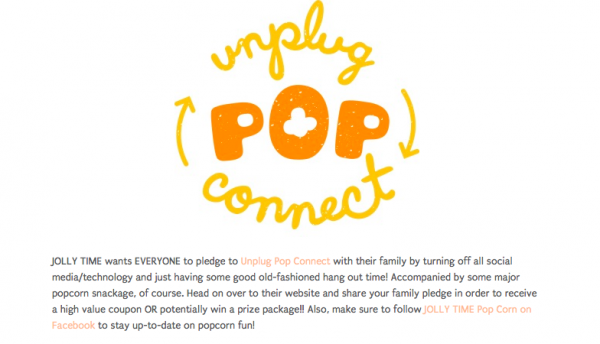More and more brands are using sponsored posts as a marketing method to attract and maintain customers.
When an advertiser works with an influencer to promote a product or service in a natural way on social channels, a sponsored post is created. For example, a makeup company might team up with a popular beauty expert with a big YouTube following to promote its new line of lipstick.
The beauty expert, or influencer, is compensated for creating social posts like tweets or how-to videos that promote the lipstick. Since compensation is provided, the seemingly natural posts are called “sponsored posts.”
From tweets to pictures, blog posts to videos, sponsored posts can come in many forms. However, all sponsored posts include these five components:
An influencer
Every sponsored social post, unless purchased directly through the media platform, comes from an influencer. In some cases, influencers are hotshot celebrities like an A-list actor, but most of the time they’re everyday folks with a solid following on social media, like a mom with a popular parenting blog.
Sponsored messages work best when they come from genuine people who share a similar audience with the brand. The right influencer seems like a next door neighbor or a friend – someone an audience can trust.
A crafted message
Every sponsored post has a marketing message to promote a product or service. The level of detail depends on what the advertiser wants and the platform used for distribution.
In some cases, the message is weaved through a blog post. In a sponsored video, a product could be mentioned and described. In a Tweet, the message might be a specific hashtag that’s linked to a brand.
A way to engage with the brand
A sponsored post includes a way to get more information about a brand. In a tweet, for example, the brand’s Twitter handle is mentioned so the visitor has the chance to follow the brand’s page. A video could have clickable text that links viewers to a website.
Here’s a snippet of a sponsored blog post on the blog Eats Well with Others for Jolly Time popcorn. Notice the yellow hyperlinks that take readers to Jolly Time’s website.
The idea is to give potential customers a way to engage with the brand.
Imagery
If you want to grab attention, a sponsored post must marry text and images. A sponsored blog post, for example, needs a compelling image to hook the reader and convince him or her to start reading.
Research suggests that people only remember 10 percent of the things they hear, 20 percent of what they read, but 80 percent of what they see. In other words, visuals are key.
If you’re using stock images, spend some time finding the right one. You want an image that matches the message. If you can, take your own pictures that relate to the message you’re creating.
A call to action
Every sponsored social message has a call to action, which is usually a link to a specific website where a customer can make a purchase, download an eBook or complete whatever action is mentioned in the message.
For example, in the sponsored social Tweet below an advertiser works with football star Rob Gronkowski to promote a youth football show. The link you see in the tweet is the call to action. It takes the Twitter follower to a designated website about the show.










